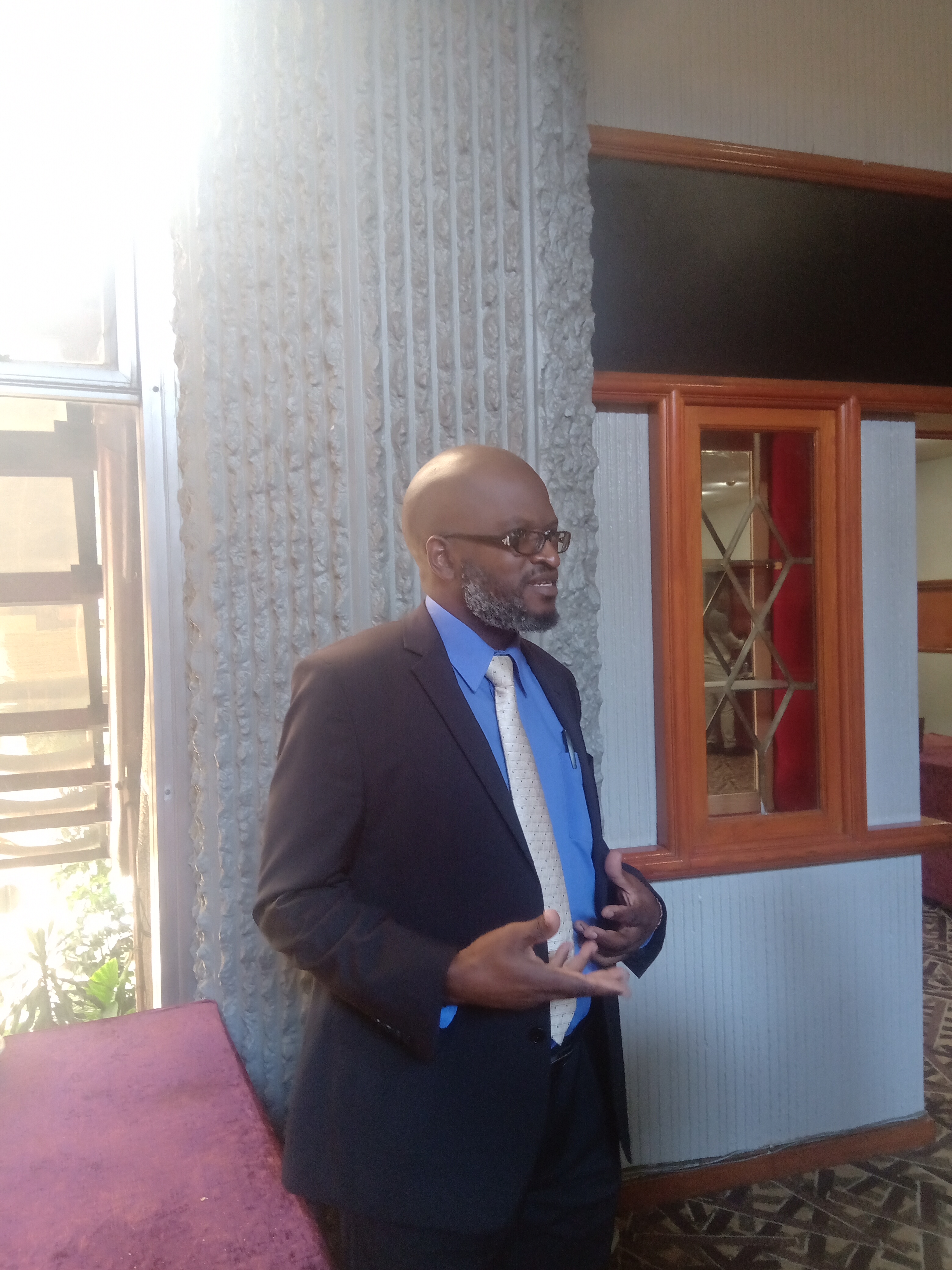By Joyce Mukucha
The poverty situation in Zimbabwe has increased between the years 2017 and 2019 with urban poverty rising faster as compared to rural poverty while assistance coverage of the extreme poor has gone up, mostly humanitarian assistance.
This came to fore during the Zimbabwe National Statistics Agency (ZIMSTAT) workshop on the dissemination of 2017/2019 mini Poverty, Income, Consumption and Expenditure Survey (PICES) findings and reports on the 21st of January 2020 in Harare.
The Poverty, Income, Consumption and Expenditure Survey 2017 is the main data source for the compilation of the informal sector, living conditions, poverty levels and weights for the Consumer Price Index (CPI).
In his remarks, ZimStat Director General, Mr Taguma Mahonde commended stakeholders who play critical roles in the reduction of the scourge of poverty and its multi-dimensional causes in Zimbabwe.
“Poverty is a multi-disciplinary subject and such ZIMSTAT worked closely with the World Bank, UNICEF,United Nations Development Programme (UNDP),United Nations Population Fund(UNFPA),and the African Development Bank. These development partners provided financial, material and technical support which made the implimentation of the Mini PICES 2019 and PICES 2017 a success,” he said.
He also pointed out that the results were significant as they will be used to provide information for the devolution programme as well as providing data pertaining the progress on Sustainable Development Goals (SDGs).
The Mini PICES 2019 and the PICES 2017 survey was based on a sample of 32,256 households, representative at Province and District Levels. The sample design entailed two stages: selection of enumeration areas (EAs) as the first stage and selection of households in these EAs as the second stage.
According to the results of the survey, rapid food price inflation have significantly increased the proportion of food insecure people in the total population at a time Zimbabwe was experiencing a drought in 2019.
Food shortages in April to May 2019 were similar to March -June 2017 with a proportion of households where adults ate less than they thought they should have in the last 30 days by area.
Zimbabwe’s population structure as a broad based pyramid signifies a young population and high fertility rates. The proportion of children under 15 years is 42.6 percent while the proportion of individuals 65 years and above is 5.2 percent. About 69 percent of the population resides in rural areas while 31 percent of the population resides in urban areas.
Results also revealed that females constitute 52.9 percent of the population while males constitute 47.1 percent. The average household size in Zimbabwe is 4.2 persons. It is also shown that 63.4 percent of the households are headed by males while 36.6 percent are headed by females.
It has been also revealed that of the school going population, 6-20 years of age in Zimbabwe, 1.7 percent have never been to school while 77.2 percent are at school. In terms of accessing health services,fewer people paid for health services in 2019(40 percent) compared to 45 percent in 2017. About a quarter of people who were sick were unable to obtain medicine they needed especially in rural areas.
Concerning sanitation, the National accounts manager at Zimstat, Clever Chingwara highlighted that sanitation was better in rural areas as compared to urban ones with flush toilets almost exclusively found in urban areas (91.5 percent) while 36.8 percent of households in rural areas have no toilet at all. He added that according to the Ministry of Health and Child Care conventions,about 30 percent of rural households rely on water supplies that are considered unsafe. In terms of employment,the percentage of persons who are unemployed in the last 7 days is 7.7 percent. In urban areas the unemployment rate is 23.3 percent while the unemployment rate in rural areas is 1.3 percent. The majority (78.8 percent) of households own a cell-phone while 45.3 percent and 38.7 percent of the households own residential land and arable land respectively. Most of the assets owned by households are not productive assets.
The African Development Bank(AfDB) representative hailed Zimbabwe for its regularity in as much as provision of poverty data is concerned.
“Poverty data is one of the ways applied by AfDB to allocate resources. We are mainly concerned with the development of African countries and through analysing and understanding poverty dynamics of each country we strive to improve the welfare of the people. I commend Zimbabwe for continuing to provide poverty data which indeed assist to improve welfare of its citizens,” he said.
According to the 2019 Mini PICES and Poverty Trends, access to electricity increased in rural mostly through solar home and light systems however in urban areas unpredictable interruptions of electricity became a major problem in 2019.
World Bank Country Manager, Ms. R. Mukami Kariuki said World Bank was committed at ending poverty in different countries.
“World Bank’s main objective is to eradicate poverty and help countries with technical support so as to reduce poverty as well as informing future policies for the betterment of nations,” she said.
The Mini PICES 2019 and PICES 2017 Reports will also be useful to Government line ministries and departments and private sector,academia, researchers among others.






